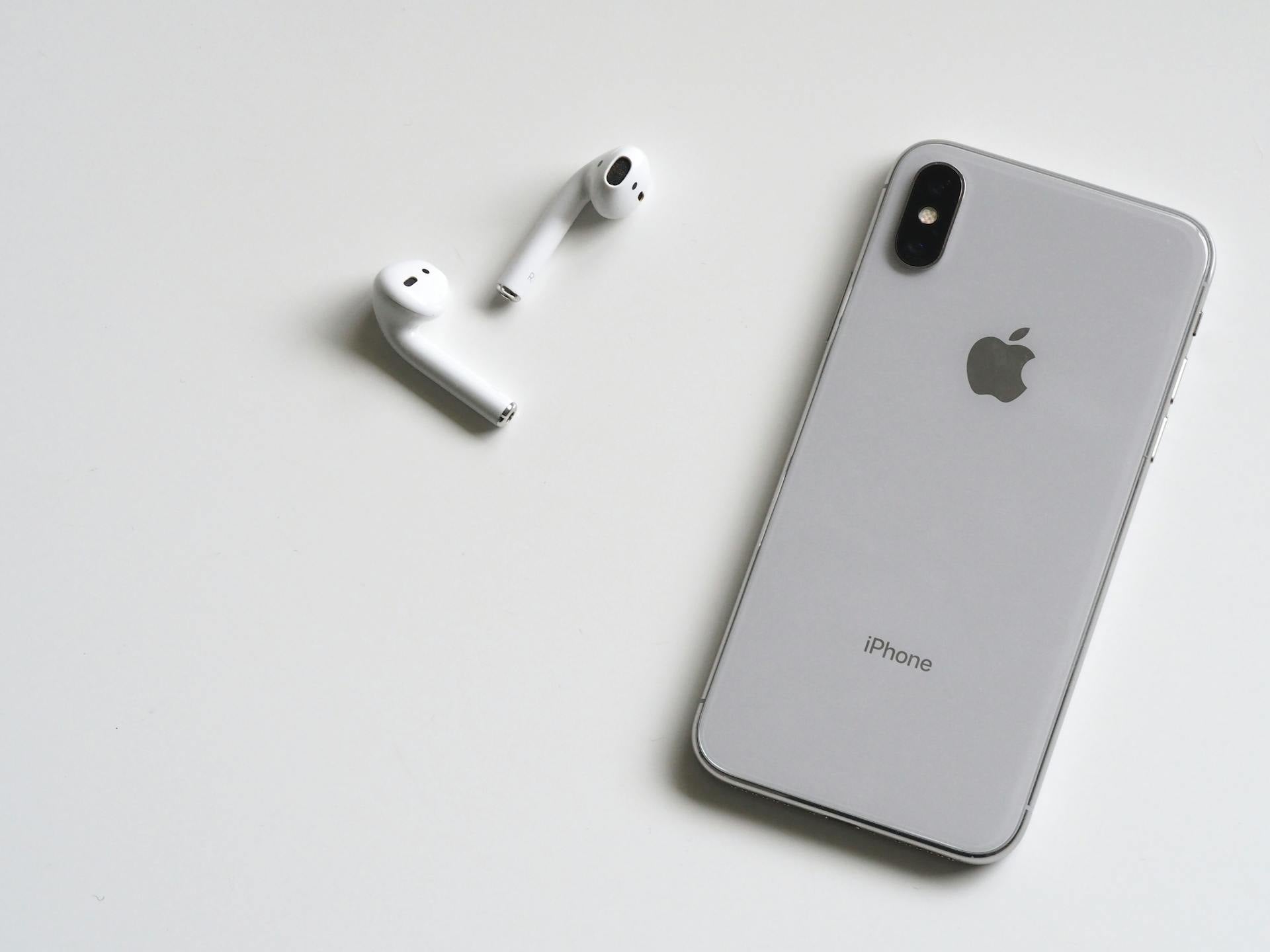Your iPhone's battery is an essential component, and proper maintenance can extend its lifespan and improve the accuracy of its charge percentage. Calibrating your battery isn't something you should do regularly, but it can be helpful in certain cases, such as when your iPhone unexpectedly shuts down even though it indicates it's still charged, or if the percentages aren't displayed correctly.
What is battery calibration and why is it important?
Calibrating the battery involves synchronizing the software that measures the charge level with the battery's actual capacity. This doesn't improve the battery's capacity itself, but it helps the operating system provide more accurate readings.
Calibration is important when:
- You notice discrepancies in the battery percentage.
- Your iPhone suddenly turns off.
- After updating the operating system or installing a new battery.
Steps to calibrate an iPhone battery
1. Completely discharge the iPhone
- Use the device until the battery reaches 0% and the iPhone automatically turns off.
- Avoid charging the device before it is completely powered off to ensure a complete discharge cycle.
2. Let it rest for a few hours
- After shutting down, leave your iPhone uncharged for 3-4 hours. This ensures the battery is truly fully discharged, including any residual charge.
3. Perform a full charge
- Connect your iPhone to an original or Apple-certified charger and charge it to 100% without interrupting the process.
- Avoid using the device while charging to avoid partial cycles.
4. Keep the device charging for an additional hour
- Once it reaches 100%, leave it connected to the charger for at least 60 minutes. This ensures the battery is fully charged and stabilized.
5. Perform a hard restart
- After charging to 100%, perform a hard reset. On models with Face ID, quickly press the volume up and down buttons, then press and hold the side button until the Apple logo appears. On older models, use the Home and side buttons simultaneously.
6. Use the device normally
- Once you've completed these steps, use your iPhone normally and check if the battery issue persists. If the readings remain inaccurate, the battery may be degraded and need to be replaced.
Precautions when calibrating the battery
- Avoid overcalibration. This process should only be done occasionally, as repetitive full discharge and recharge of the battery can wear it down more quickly.
- Use certified chargers. Unofficial or low-quality chargers can damage the battery or cause inaccurate readings.
- Check the battery status. In Settings > Battery > Battery Health, you can check your battery's maximum capacity. If it's below 80%, Apple recommends replacing it.
When to contact technical support?
If you're still experiencing issues after calibrating your battery, it could indicate significant wear or a hardware issue. Contact Apple Support to determine if the battery needs to be replaced or repaired.
Calibrating your iPhone's battery is a simple but effective process for troubleshooting inaccurate battery level readings. Do it sparingly and always follow best practices to ensure the health of your device.
And if your battery is giving you problems, stop by the GSMPRO store and take advantage of all the offers on chargers and batteries that we have.

